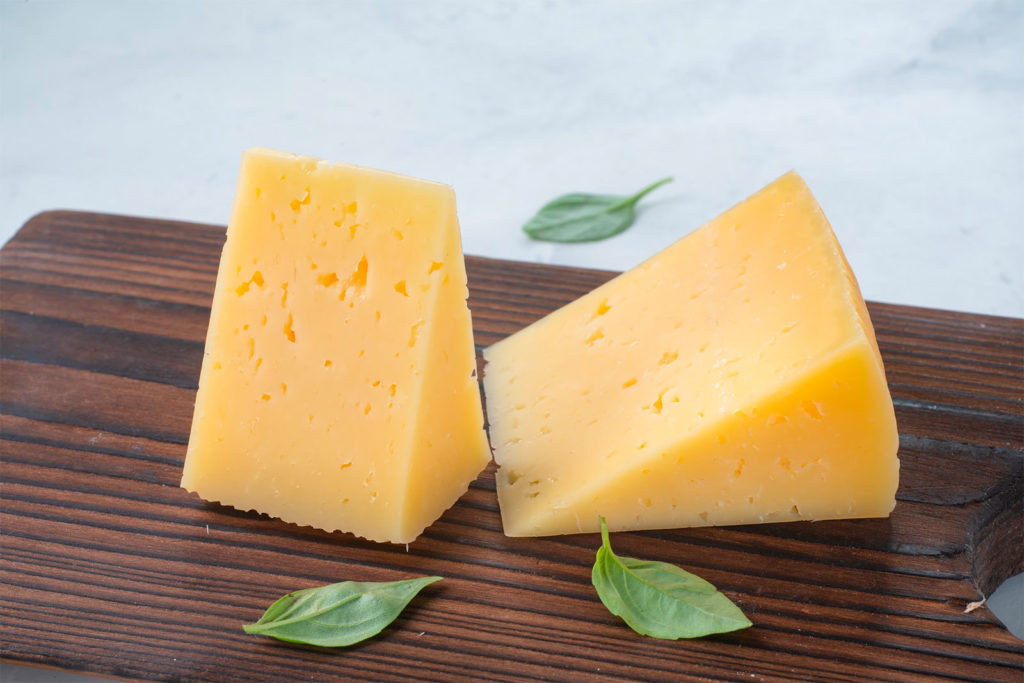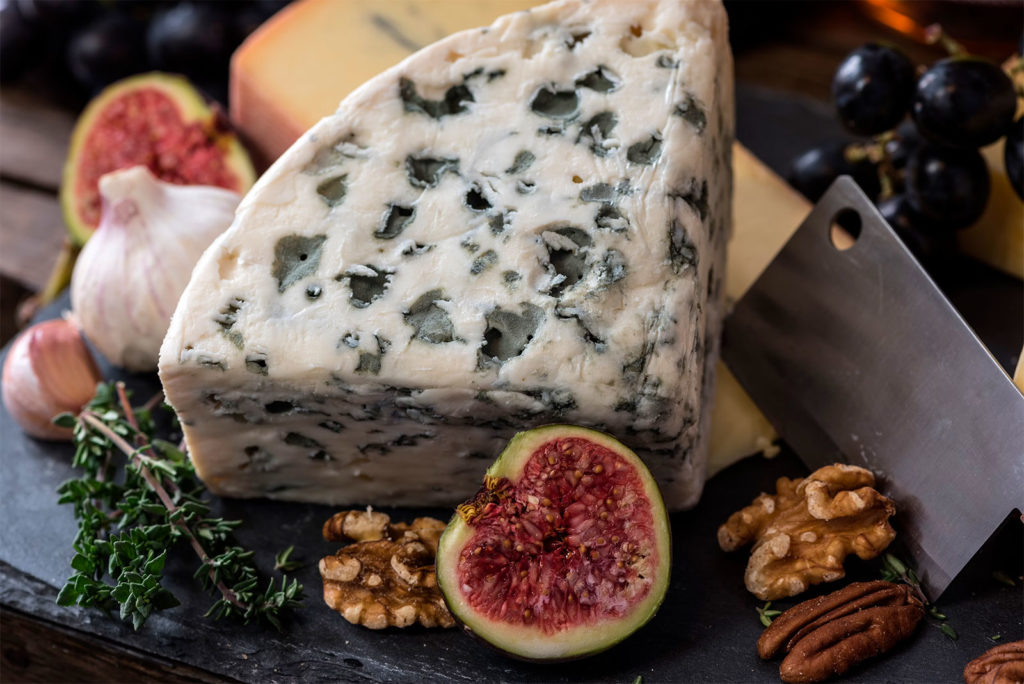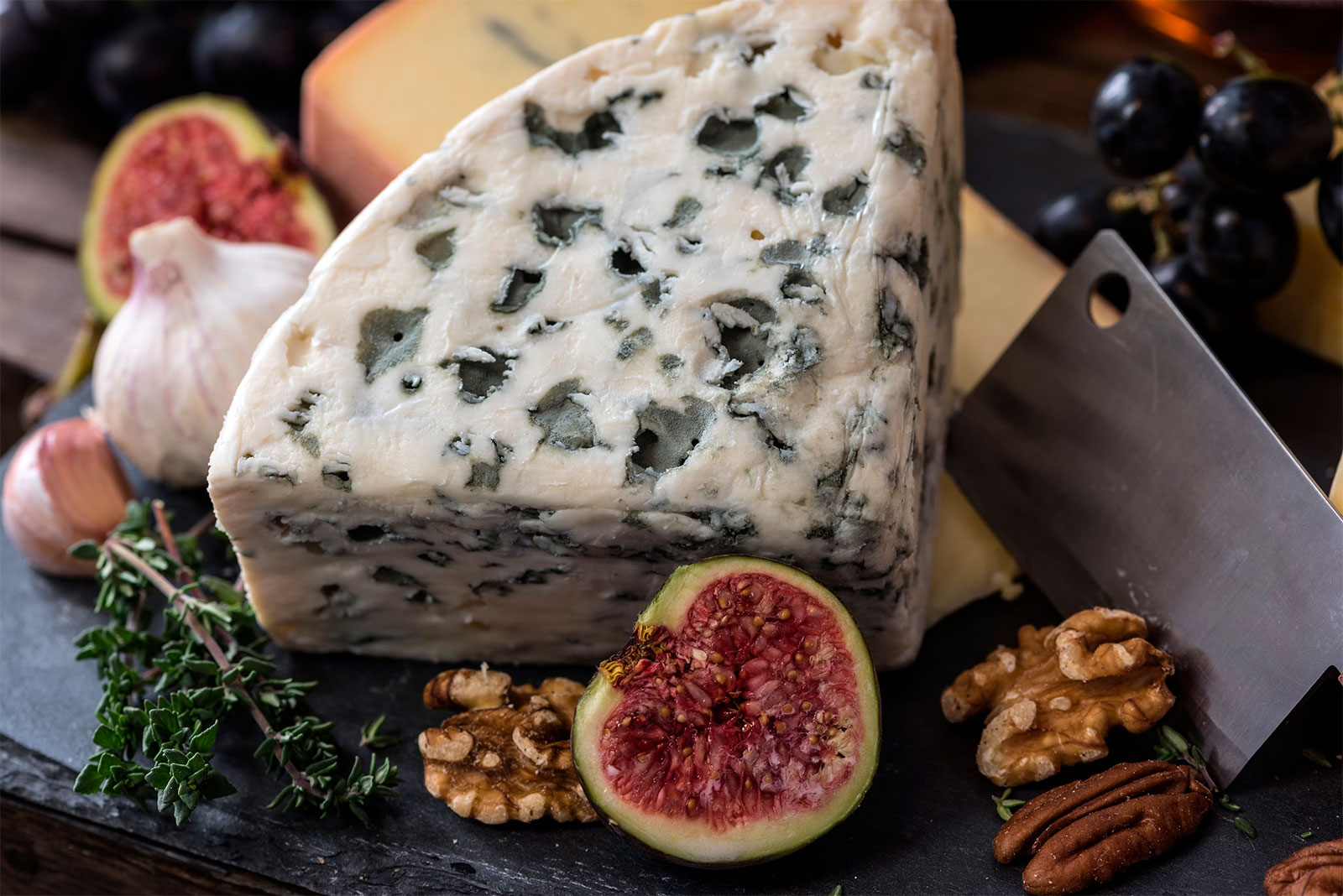Learn how to select the right French cheeses for cooking or tasting. Understand textures, regions, uses, and prices with clear and detailed guidance.
Understanding French cheese for cooking and tasting
France produces over 1,200 types of cheese, with each region offering its own specialties. French cheeses vary by milk source (cow, goat, sheep), aging time, texture, and flavor profile. Some are best served cold, others perform better when melted or cooked. Choosing the right cheese depends on how it will be used, who will eat it, and what flavors are desired.
Cheese in France is not just an ingredient, but often a course in itself. The typical French meal includes cheese after the main dish and before dessert. Selecting cheeses properly is part of both eating in France and understanding how to cook in France.

Types of French cheese and their uses
Cooked vs uncooked cheeses
Cooked cheeses (fromages à pâte pressée cuite) like Comté or Beaufort are ideal for grating, baking, or melting. They are firm, age well, and resist heat without separating. They are made by heating the curd above 50 °C (122 °F) before pressing.
Uncooked cheeses like Camembert, Brie, or Reblochon are made at lower temperatures. They tend to melt more easily but can become oily or separate if overheated. These are better used in low-temperature dishes or eaten raw.
Soft cheeses for cold dishes
Camembert de Normandie, Brie de Meaux, or Chaource are soft-ripened and best enjoyed raw. They bring creamy textures and earthy flavors to cheese boards or salads. Camembert, for example, reaches full flavor after 4 to 6 weeks of ripening.
A 200-gram Camembert costs around €3 to €6 (£2.60–£5.20 / $3.20–$6.50), depending on quality and AOP label.
Hard cheeses for cooking
Comté AOP, from the Jura region, is aged from 6 to 36 months. The older the cheese, the stronger the flavor and the firmer the texture. It’s excellent for gratin, quiche, or fondue.
Gruyère, often confused with Swiss cheese, also exists in a French version produced in Savoie. It melts well and gives structure to sauces or tarts.
A 250-gram wedge of Comté (aged 12 months) sells for about €7 (£6 / $7.50).
Blue cheeses for bold dishes
Bleu d’Auvergne or Roquefort have strong, salty flavors and moist textures. They work well in dressings, sauces, or meat pairings. Roquefort is made from sheep’s milk and matured in caves in southern France. Its taste is sharp and persistent.
Roquefort sells for about €20/kg (£17.20 / $22) while Bleu d’Auvergne averages €12/kg (£10.30 / $13).
Choosing cheese for cooking
Texture and meltability
A cheese’s ability to melt is crucial. High-moisture cheeses melt quickly but may split. Aged cheeses have lower moisture and melt into a smoother sauce. For dishes like gratin dauphinois, Tomme de Savoie or Cantal are appropriate.
Avoid fresh cheeses such as Chèvre frais or Brousse in hot cooking. These are best used in cold spreads, salads, or desserts.
Flavor strength and salt content
Some cheeses bring salt, others sweetness. Aged Mimolette or Ossau-Iraty can add depth to simple vegetable dishes. But strong blue cheeses like Roquefort may overpower delicate ingredients. Balancing salt and fat is important when incorporating cheese into sauces.
1 gram of Roquefort contains about 1.6% salt, while Emmental has around 0.8%. This affects not only flavor but also preservation.
Choosing cheese for tasting
Regional diversity and serving order
A typical cheese tasting in France involves 3 to 5 types of cheese, chosen for variety in texture and taste. A classic board may include:
- a soft bloomy rind cheese like Brie
- a hard cheese like Comté
- a blue cheese like Bleu d’Auvergne
- a goat cheese like Crottin de Chavignol
- a washed rind cheese like Munster
Cheese is served at room temperature, usually 18 °C to 20 °C (64 °F to 68 °F). Aged cheeses reveal more aroma when not chilled.
Pairing with bread and wine
Each region offers local breads and wines to match its cheeses. For instance:
- Brie goes with baguette and Chardonnay
- Roquefort with nut bread and Sauternes
- Reblochon with pain de campagne and Apremont
Avoid using garlic bread or heavily spiced crackers. They cover the cheese’s subtle aromas.
Reading cheese labels and quality marks
Understanding French labels
Many French cheeses carry the AOP (Appellation d’Origine Protégée) label. This means they are made in a defined area using traditional methods. Examples include:
- Camembert de Normandie AOP
- Roquefort AOP
- Bleu des Causses AOP
These cheeses are more strictly controlled and often cost 10% to 30% more than generic brands. The AOP label guarantees consistency, but not necessarily better taste for every palate.
Other marks include:
- Label Rouge, which signals quality but not origin
- AB (Agriculture Biologique) for organic products
Price and shelf life
Aged cheeses have longer shelf lives. Hard cheeses like Comté can be stored for several weeks, while soft cheeses like Brie should be consumed within 7 days of opening.
Prices vary from €10/kg (£8.60 / $11) for basic cheese to over €40/kg (£34.40 / $43) for aged AOP selections.

Where to buy and what to look for
Supermarkets vs cheesemongers
Large supermarkets in France offer basic varieties, often pre-cut. These are convenient and affordable. But fromageries (cheese shops) provide more options, better advice, and sometimes farm-sourced products.
For example, Androuet in Paris offers a curated selection, with prices slightly higher but often with better quality control.
Markets in regions like Normandy, Auvergne, or Savoie feature local producers. These allow you to taste before buying and talk to the seller about ripeness and storage.
French cheeses are not interchangeable. Choosing the right one depends on the recipe, cooking method, or tasting purpose. Understanding regional traditions, production methods, and how texture behaves under heat is essential. Whether you’re assembling a cheese board or making a gratin, the right cheese enhances the flavor and structure of your dish.
Cook in France is your gateway to French cuisine and gastronomy in France. Get in touch for your next cooking workshop.
